How to Extend Your Growing Season with Raised Beds and Cold Frames
Just because the cold season is coming, it doesn’t mean that you should say goodbye to your garden immediately. With the help of raised beds and cold frames, it makes it easier for you to stretch your planting and harvesting time beyond the usual schedule.
With a few adjustments on how you grow your plants, you can enjoy your greens in early spring, herbs through fall, and maybe do some harvest during the winter, depending on where you are. It doesn’t matter whether you’re new to gardening or have been working on your yard for years, as it’s one of the easiest ways to get the most out of your space.
This post may contain affiliate links, which helps keep this content free. Please read our disclosure for more info.
What Are Raised Beds?
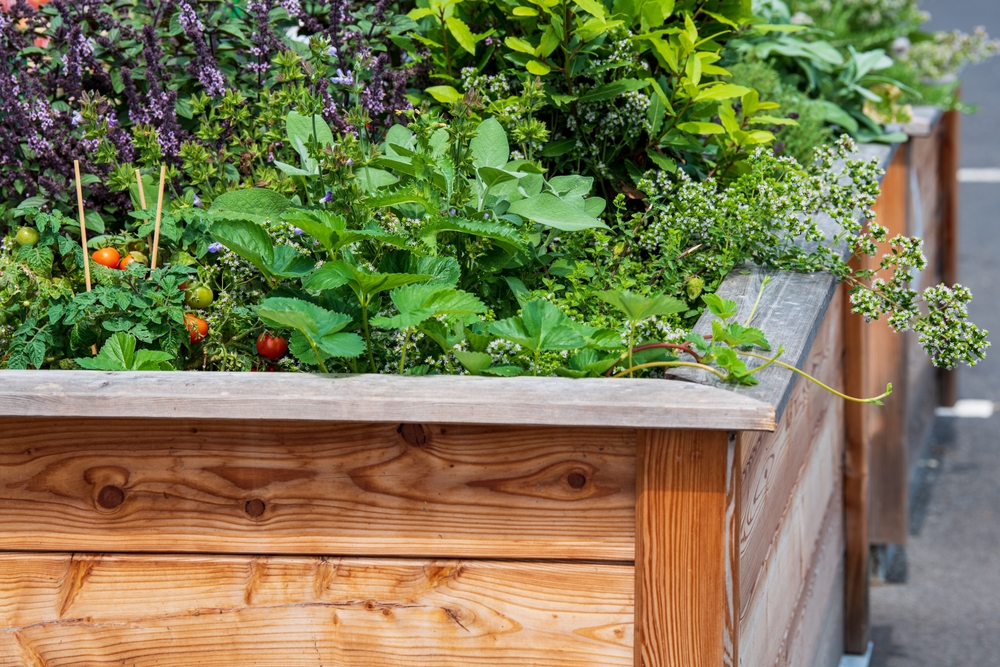
Raised beds are garden boxes that sit above the natural soil line. They’re often framed with wood, metal, or even concrete blocks. You fill them with a mix of soil and compost, which gives you a fresh start no matter what your native soil is like.
Here are a few common materials used for raised beds.
- Wood
- Galvanized metal
- Concrete blocks or bricks
They’re great for people who have poor soil, limited space, or just want to keep things tidy. Since they’re higher off the ground, you don’t have to bend as much, and you’ll have fewer issues with weeds sneaking in.
Benefits of Raised Beds for Extending the Growing Season
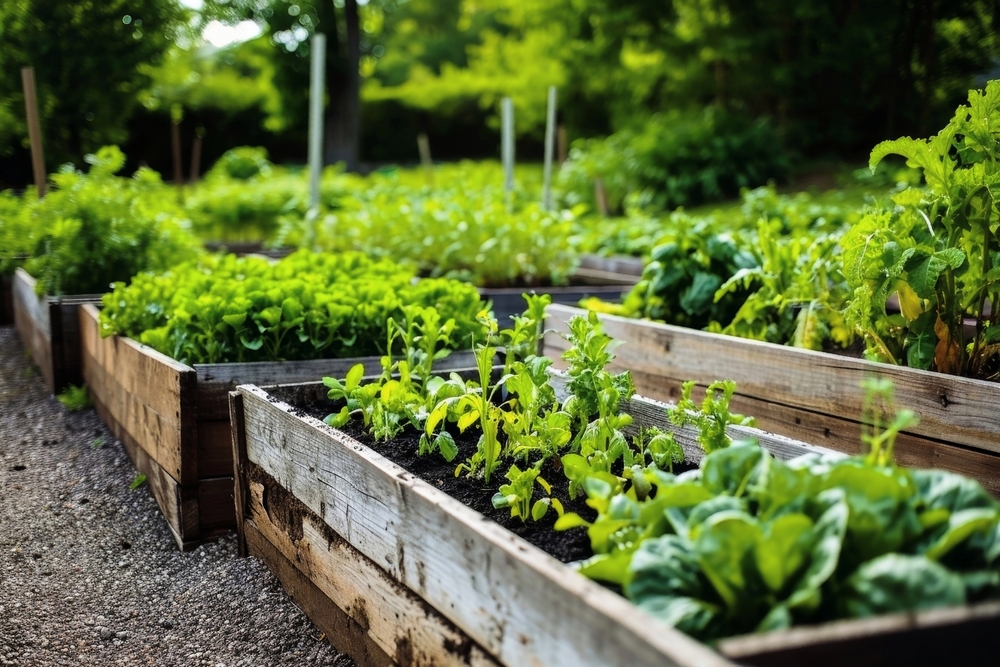
Cold frames let you grow cool-season crops even when the air gets cold. They are perfect for keeping frost off your plants, and they give seedlings and greens a bit of extra protection when the temperature drops.
These boxes are flexible because you can use them to start seeds early in spring or keep lettuce growing late into fall. Since they act as a barrier, they can also cut down on pests, especially when things start to slow down in the colder months.
What Are Cold Frames?
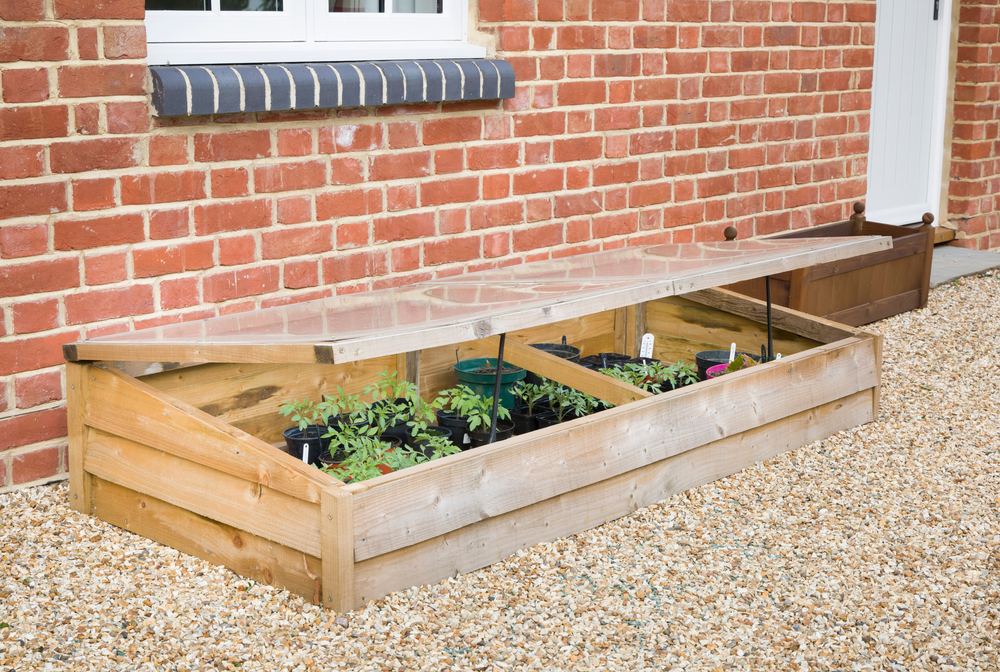
Cold frames are like mini greenhouses that sit right over your plants. They’re usually made with a wooden or metal base and a clear top that lets sunlight in while holding in heat. Think of them as little shelters for your plants during colder months.
They trap the sun’s warmth during the day and keep out the chill at night. Some even reuse old windows for lids. You can open or close them to let in fresh air or hold in warmth, depending on the weather.
Benefits of Cold Frames for Extending the Growing Season
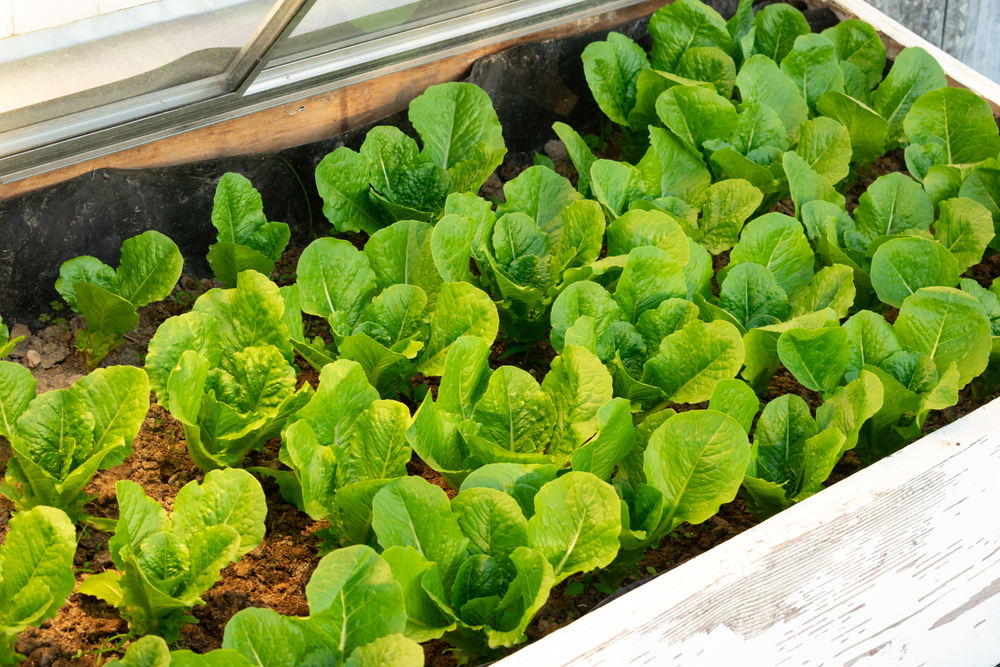
Cold frames let you grow cool-season crops even when the air gets cold. These frames are perfect for keeping frost off your plants, and they give seedlings and greens a bit of extra protection when the temperature drops.
These boxes are flexible, and you can use them to start seeds early in spring or keep lettuce growing late into fall. Since they act as a barrier, they can also cut down on pests, especially when things start to slow down in the colder months.
Combining Raised Beds and Cold Frames
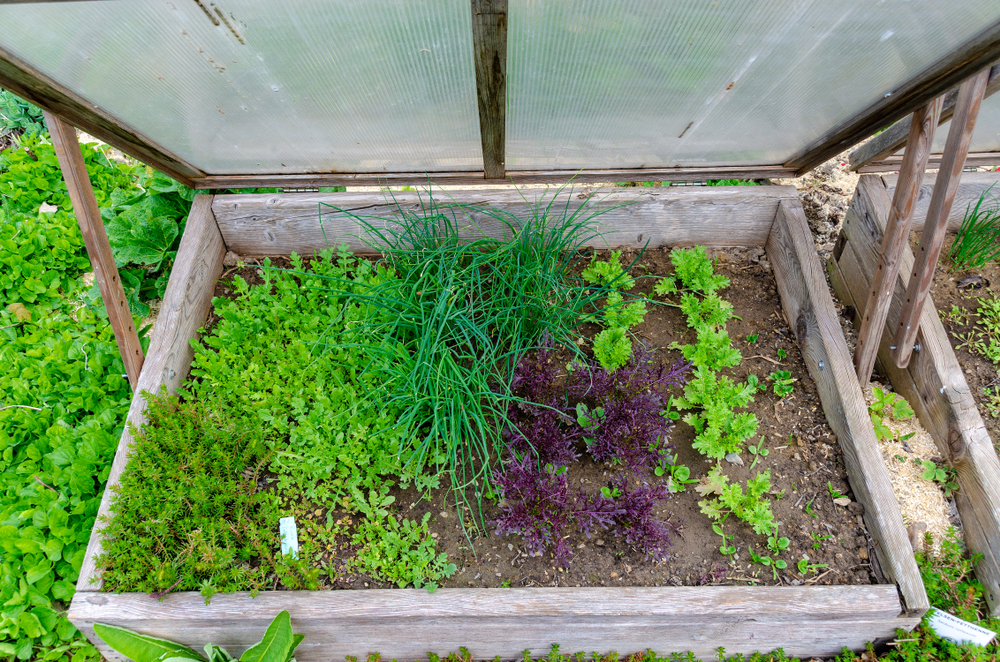
Putting cold frames on top of raised beds gives you the best of both worlds. The bed lifts your plants off the ground for better drainage and warmth, and the cold frame adds a layer of protection. Together, they make a cozy space for growing.
If you’re planning your layout, leave enough room for the lids of your cold frames to open easily. You also want to place the beds where they’ll get full sun, especially in late fall and early spring when every bit of light counts.
Building a Cold Frame
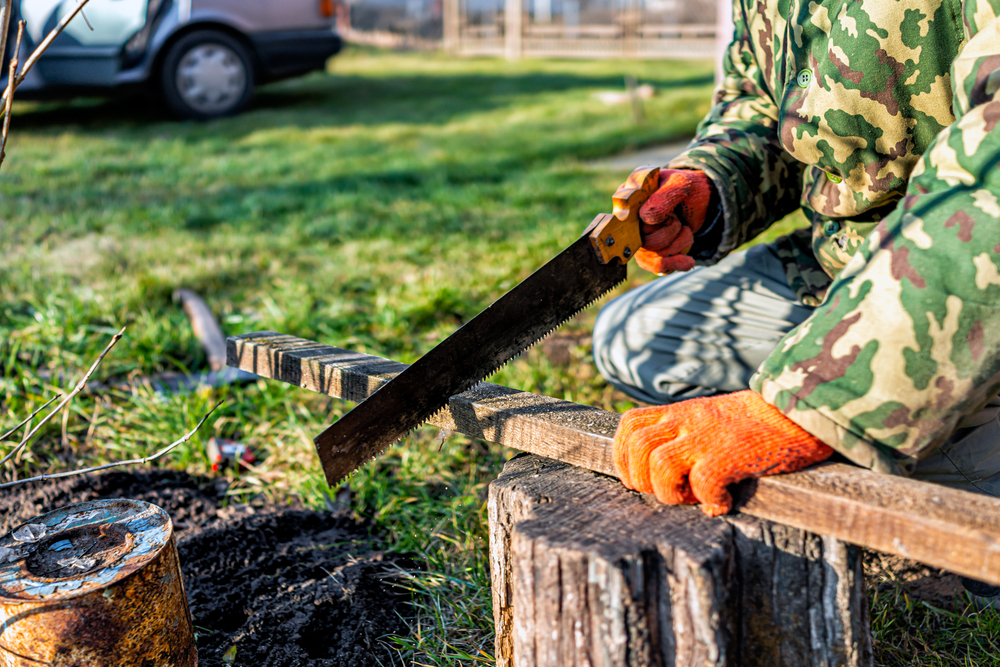
You don’t need fancy materials to make a cold frame. A simple one can be made with wood for the sides, clear plastic or glass for the top, and a few hinges to lift the lid. Try to angle the lid slightly so rain runs off and sunlight hits at the right angle.
To build your own cold frame, here’s what you need.
- Wooden boards or scrap lumber
- Clear plastic sheeting or an old window
- Hinges and screws
- Optional handles or props to lift the lid
Place your cold frame facing south if you can, so it soaks up the most sun. On warmer days, you’ll need to prop it open to let out some heat. Too much warmth can be just as tough on your plants as cold air.
Choosing the Right Plants for Extended Seasons
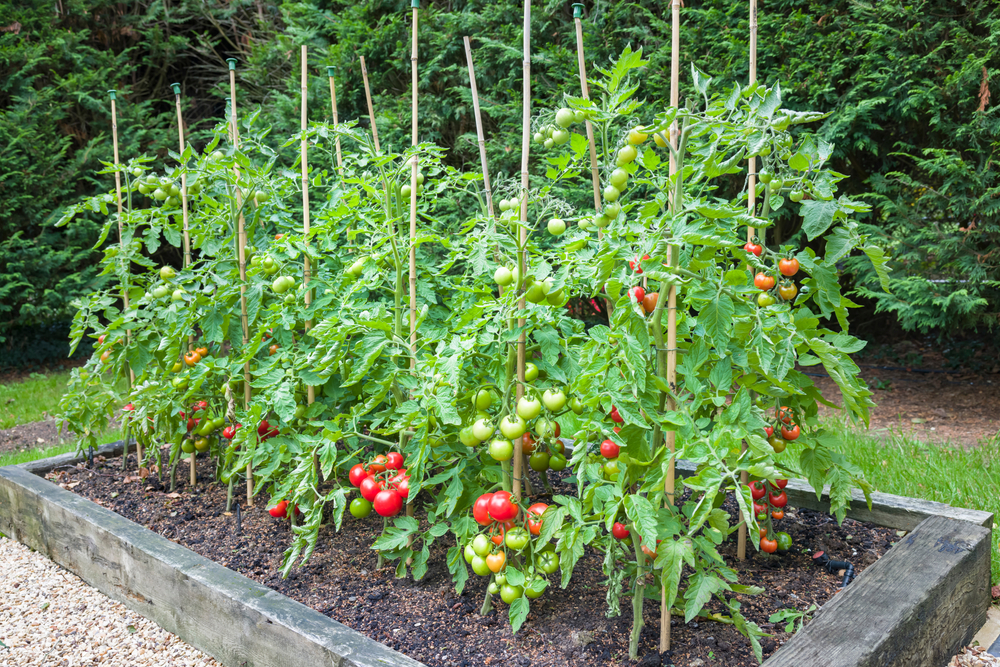
Leafy greens like spinach, kale, and lettuce love the cooler months and do well in both raised beds and cold frames. Root veggies like carrots and radishes can also handle the chill. Herbs such as parsley and cilantro are good picks, too.
Here are some plants that usually do well in the cooler months.
- Spinach, kale, lettuce, and arugula
- Carrots, radishes, and turnips
- Green onions, parsley, and cilantro
Look for varieties that are labeled as cold-tolerant. When planting in tight spaces, try pairing up crops that grow well together, like radishes with lettuce. It makes the most of your space and helps keep pests in check.
Maintenance and Care for Raised Beds and Cold Frames
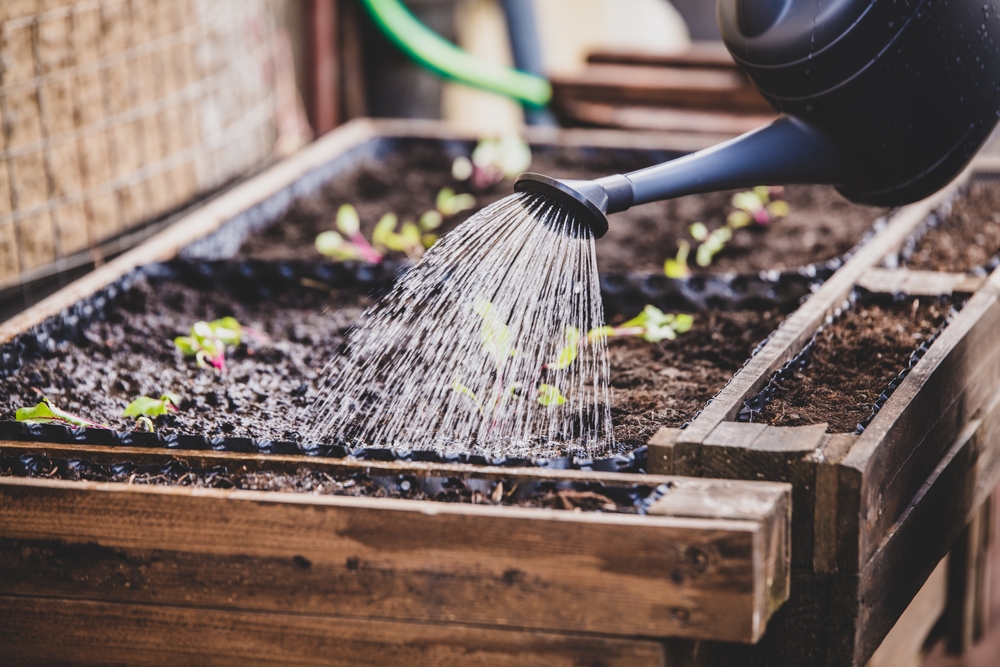
Watering can be a bit tricky when the weather’s cooler. Raised beds tend to dry out faster, so keep an eye on moisture levels. Cold frames may trap moisture, so it’s important to air them out every few days to prevent mold or mildew.
Here are a few tips to make sure that your garden is running smoothly.
- Water in the morning so plants dry before evening
- Add compost to maintain healthy soil
- Use mulch to keep the soil warm and hold in moisture
Add compost or organic fertilizer to refresh your soil between crops. And when heavy snow or wind is in the forecast, it’s a good idea to brace the cold frame or cover it with a tarp to keep everything in place.
Common Mistakes to Avoid
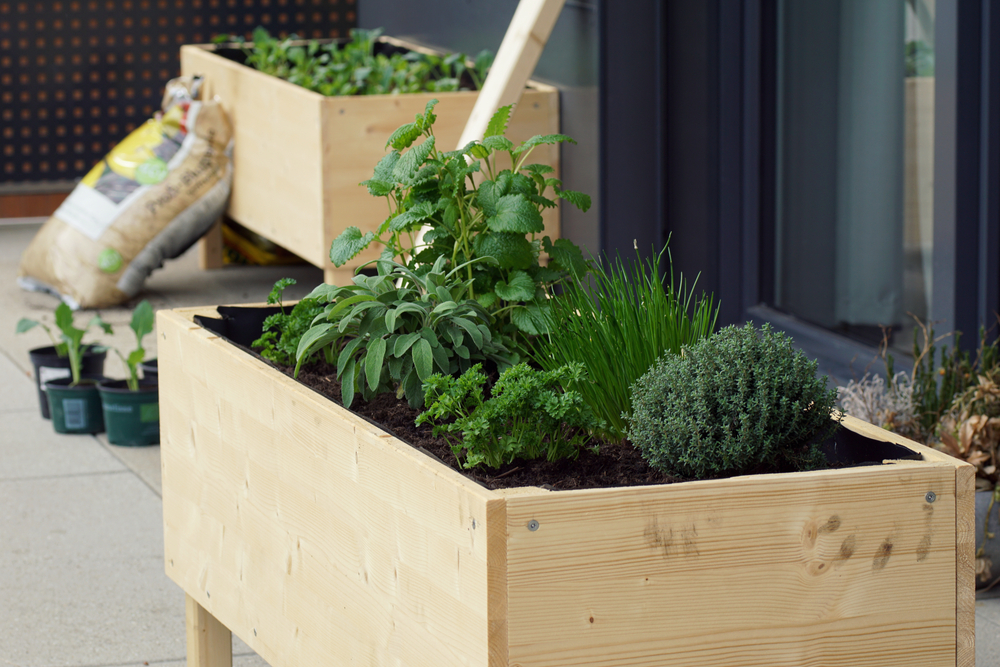
It’s easy to get excited and plant too much in one space. Overcrowding leads to poor airflow and more chances for disease. Give each plant the space it needs to grow properly.
Also, don’t forget to open your cold frame on sunny days. If it gets too warm inside, your plants can wilt or burn. And while raised beds make gardening easier, the soil still needs regular care to stay healthy.
Gardening doesn’t have to stop when the weather changes. With raised beds and cold frames, you can stretch your season without making things too complicated. These tools give you more control over your garden, whether you’re trying to get a head start in spring or keep things going into the colder months.
Start small with one raised bed or a simple cold frame and see how it goes. Over time, you’ll figure out what works best in your space and climate. The extra greens, herbs, and homegrown plants are well worth it.
This article originally appeared on Avocadu.
